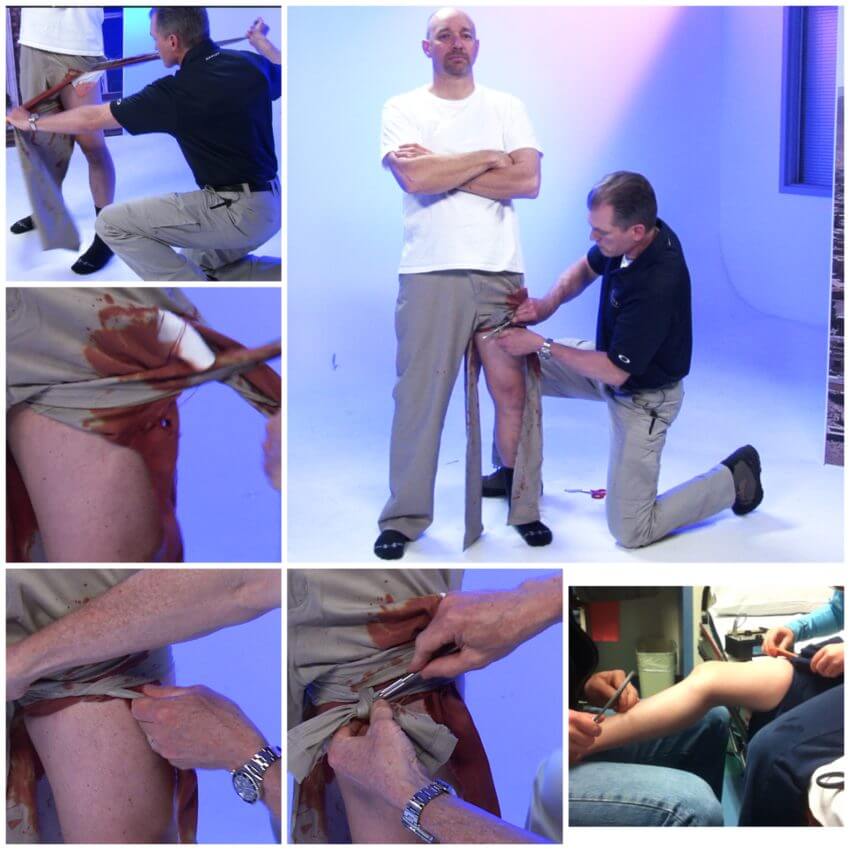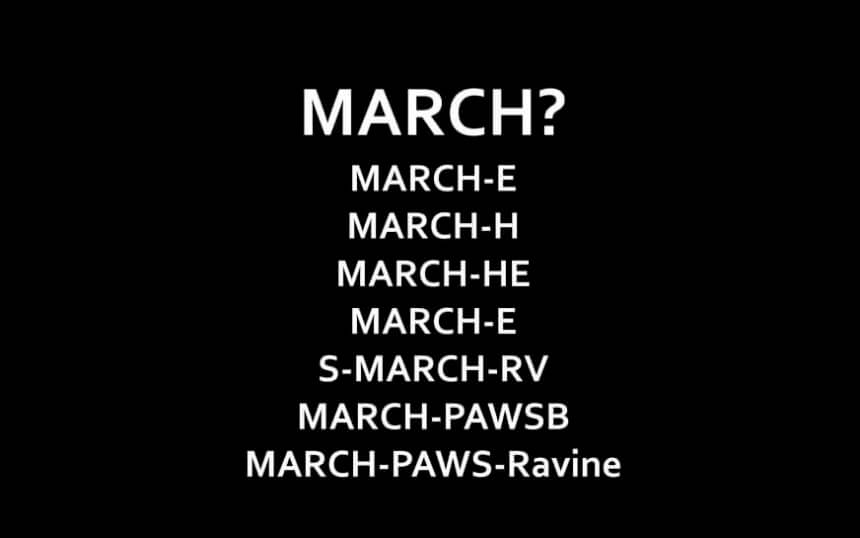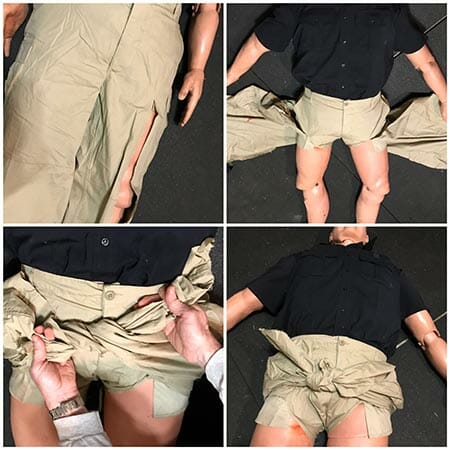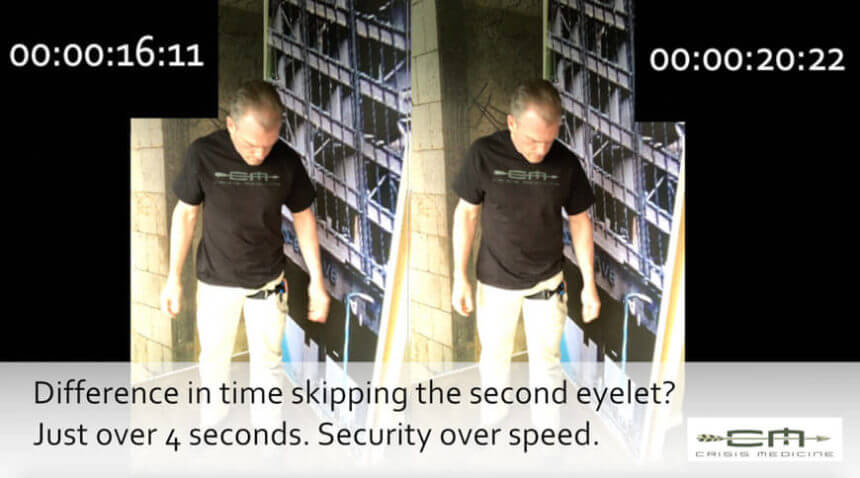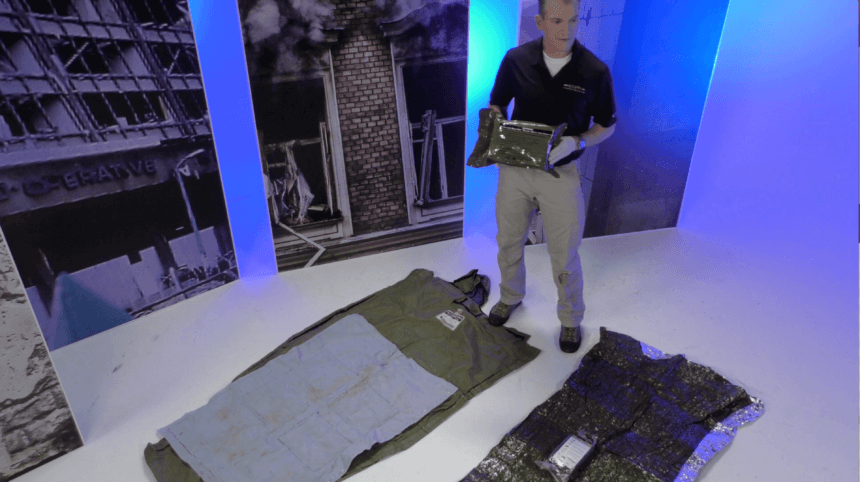🕖 Reading Time, 2 minutes Our first plan to manage massive extremity hemorrhage is to use a proven commercially available tourniquet. Barring that, create an improvised tourniquet using a cravat, or a strip of fabric, with a windlass for leverage. …
MARCH: Massive Hemorrhage, Airway, Respiration, Circulation, Hypothermia Prevention
The easy to remember mnemonic MARCH reminds us of the priorities in treating casualties during TECC and TCCC situations. MARCH provides a framework to address immediate life threats and gives an organized approach to begin a casualty evaluation. The MARCH mnemonic is preferable to the ABCDE model because it takes into consideration the reason you need an airway and to be breathing is to circulate blood to the casualty’s brain. Recognizing that, the first step in our casualty evaluation should be to look for massive hemorrhage.
Once past massive hemorrhage, A-R-C is loosely approximated by A-B-C. H- is a reminder that a large number of traumatic casualties arrive at the emergency department or medical treatment facility hypothermic which dramatically increases their death rate.
The MARCH mnemonic can be applied to any patient, as the initial casualty evaluation usually rules out massive hemorrhage.
🕖 Reading Time, 3 minutes The MARCH mnemonic is a superior model for evaluation of trauma patients compared to the traditional A, B, C model. The Airway, Breathing, Circulation model fails in root cause analysis: The ultimate goal of having …
Pelvic fractures occur in 8% of major trauma patients. You can improvise a pelvic binder. 🕖 Reading Time, 3 minutes IED induced injuries resulting in traumatic lower limb amputation are associated with a 22% rate of pelvic fracture; half of …
Change in CAT tourniquets from 6th to 7th generation 🕖 Reading Time, 4 minutes In October 2015, the 6th generation Combat Application Tourniquet, or CAT, with its double-eyelet buckle was discontinued, in favor of the 7th generation CAT which has …
Knowing the quantity of blood loss helps estimate the likelihood of shock 🕖 Reading Time, 5 minutes Having a sense of how much blood a trauma patient “spilled” on the ground can be very helpful for understanding and estimating the …
🕖 Reading Time, 3 minutes Once a casualty’s massive hemorrhage is controlled, rescuers must turn our attention to the rest of the M-A-R-C-H pneumonic, specifically, to hypothermia prevention. Does the casualty have an open airway, or do they need help …

